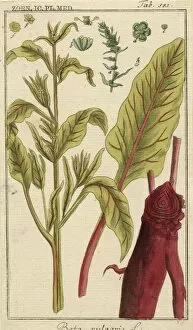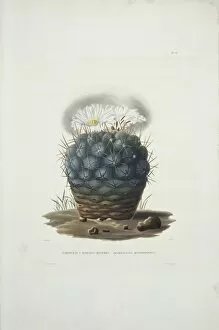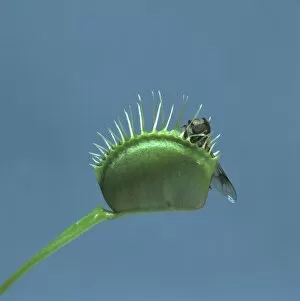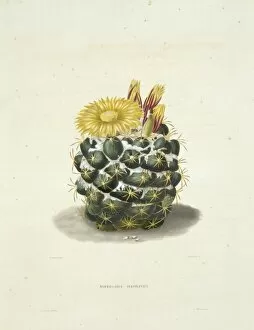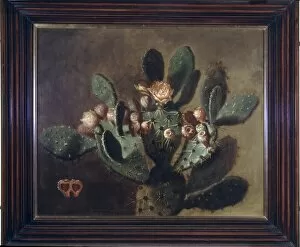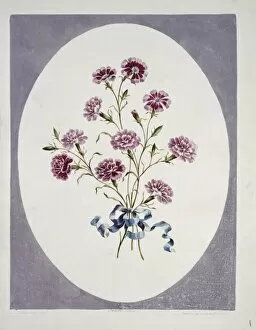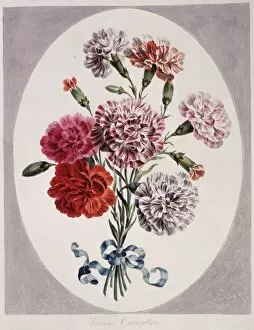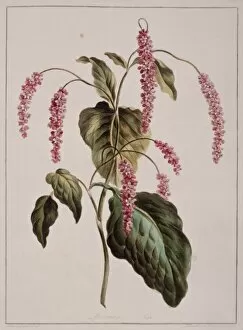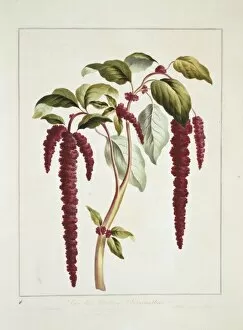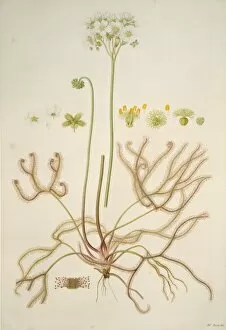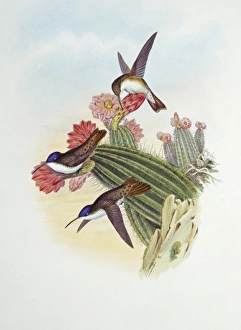Caryophyllales Collection (page 5)
"Caryophyllales
All Professionally Made to Order for Quick Shipping
"Caryophyllales: A Spectacular Display of Nature's Diversity" The rugged cliffs of Hartland Quay provide a stunning backdrop for the delicate Sea pink or thrift (Armeria maritima) flowers that adorn its cliff tops. These vibrant blooms, standing tall against the crashing waves, create a picturesque scene that captures the essence of coastal beauty. In another corner of the world, a Puffin (Fratercula arctica) finds solace amidst flowering Sea thrift. This charming portrait showcases the harmony between wildlife and nature as this adorable bird stands proudly on its floral perch. Traveling back in time, we witness Humboldt and his party collecting plants, their enthusiasm evident as they explore new botanical wonders. Their discoveries would contribute to our understanding of plant life and shape scientific knowledge for generations to come. Amongst these remarkable findings is Dianthus barbatus, commonly known as sweet william. Its vibrant hues bring joy to gardens around the world with its captivating fragrance and intricate petals. Nature's palette extends beyond flora; it encompasses fauna too. The grey partridge (Perdix perdix), gracefully navigating through fields, adds an element of charm to rural landscapes while Violet Cron brings forth elegance with its delicate purple blossoms. Venturing into more exotic territories, we encounter Selenicereus hamatus - Queen of the night - whose nocturnal blooms captivate all who behold them. Its ethereal beauty serves as a reminder that nature holds secrets even under cover of darkness. Closer to home lies Beta vulgaris or spinach beet - a nutritious vegetable cherished by many for its health benefits and culinary versatility. From salads to smoothies, it nourishes both body and soul with every bite. Journeying across oceans takes us to Santa Fe Island in Ecuador's Galapagos Islands where Santa Fe land iguanas (Conolophus pallidus) roam freely among Giant prickly pear cactus (Opuntia echios) forests.









